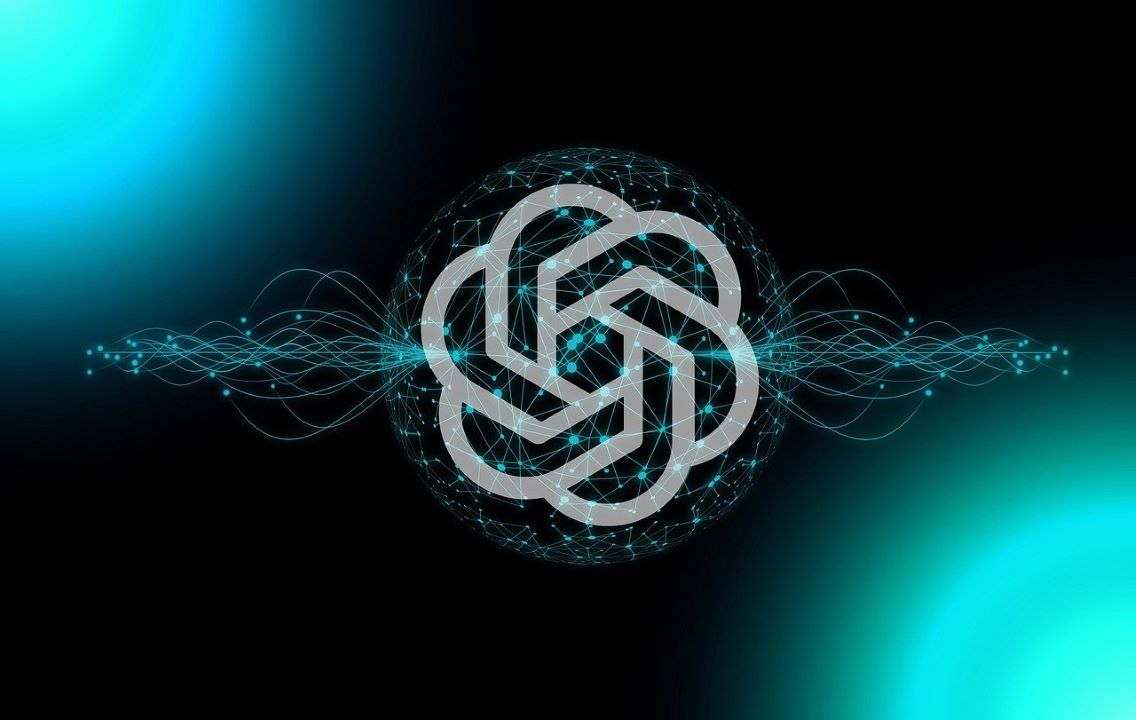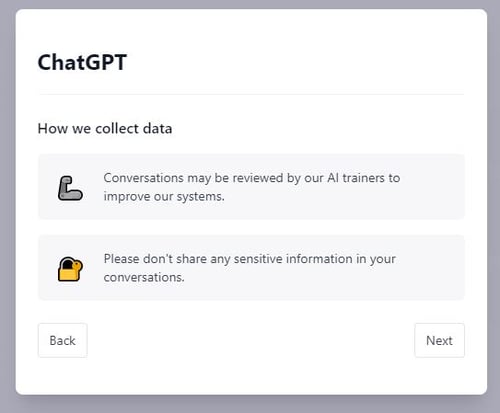
OpenAI: What could go wrong with GPT translations?
At a party on New Year’s Eve, a friend asked me, “Are you worried about what could go wrong with Chat GPT translations?” She saw a story on the BBC about MP Luke Evans reading a speech written by OpenAI’s powerful new GPT technology. I suggested we ask GPT to explain.
What is GPT?
GPT-3 (short for “Generative Pre-trained Transformer 3“) is the third generation of OpenAI‘s GPT language model. It can generate highly realistic human-like text. Elon Musk and Microsoft have backed this amazing technology now valued at $29 billion.
I know of it because our tech development team at Guildhawk are authorised to use it. There is also a free version you can subscribe to.

Elon Musk and Microsoft have backed this amazing technology now valued at $29 billion.
Techzine
I signed-in to OpenAI and typed this question:
‘What could go wrong if a human does not review translations created by Chat GPT that were then published?’
Chat GPT instantly replied:
‘There are several potential risks associated with publishing translations created by GPT (Generative Pretrained Transformer) without human review. Here are a few:
- Accuracy: GPT is a very advanced language model, but it is not perfect. It may generate translations that are factually incorrect or misleading.
- Fluency: GPT is capable of generating highly realistic human-like text, but it may not always produce translations that are completely fluent or idiomatic. This could result in translations that are difficult to understand or that do not accurately convey the intended meaning.
- Bias: GPT has been trained on a large dataset of human language, and it may reflect the biases present in that dataset. This could lead to biased or offensive translations being generated and published.
- Legal risks: There are potential legal risks associated with publishing translations generated by GPT, especially if the translations are factually incorrect or defamatory.
Overall, it is important to carefully review and verify any translations generated by GPT (or any automated system) before publishing them.’
ChatGPT explains: How do you guarantee GPT translations are 100% accurate?
What does GPT mean for translators?
Startled, my friend took a long sip of her bubbly, then said, “I think my New Year’s Resolution for 2023, will be to train as an official censor for companies that use AI”.
The legal risks highlighted by GPT Chat are shared by Richard Davies, AI Engineer on Guildhawk Tech Development Team who warns, “There’s a risks too that the resulting translation could include data that is subject to copyright.
This is because the training dataset used by GPT-3 might contain data that is copyrighted. That could result in some costly legal challenges for those publishing data created by Chat GPT.
“I think my New Year’s Resolution for 2023, will be to train as an official censor for companies using AI”.
GPT verifiers not censors
The GPT answer and Richard’s knowledge shows how human experts will be needed for years to come. Is an AI Censors the best example of a new, exciting career?
A better career will be found in testing and verifying results created by AI. These were among the big issues highlighted by experts in a Webinar I hosted for the IGPP last year.
So, in short, I’m not worried about what could go wrong with translations created by ChatGPT or any other technology for that matter. It is because humans at Guildhawk verify all machine translation results before they are officially signed-off.
Our ‘Expert-in-the-loop’ (G-EITL) process guarantees Machine Translations are accurate, factually correct and unbiased. Moreover, they do not inadvertently cause offense. So, here’s to GPT-3 and beyond helping us create a better, safer, society – with the help of humans.
